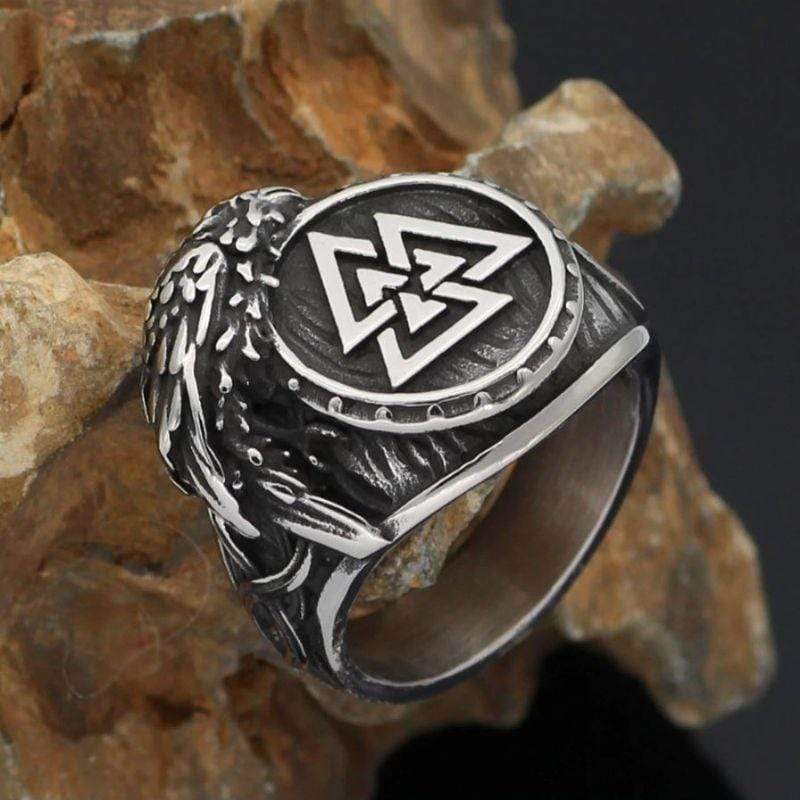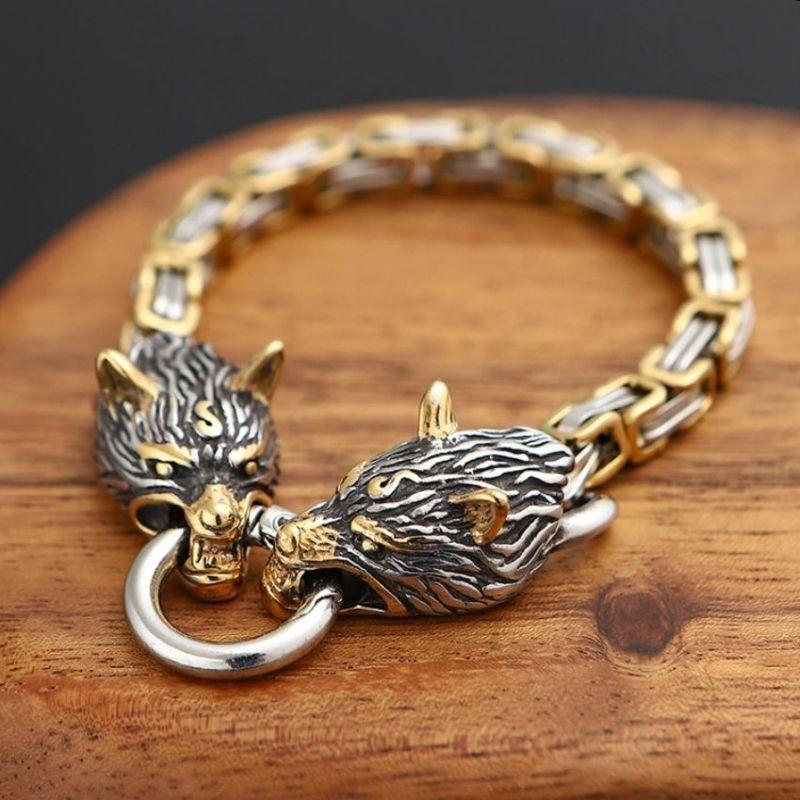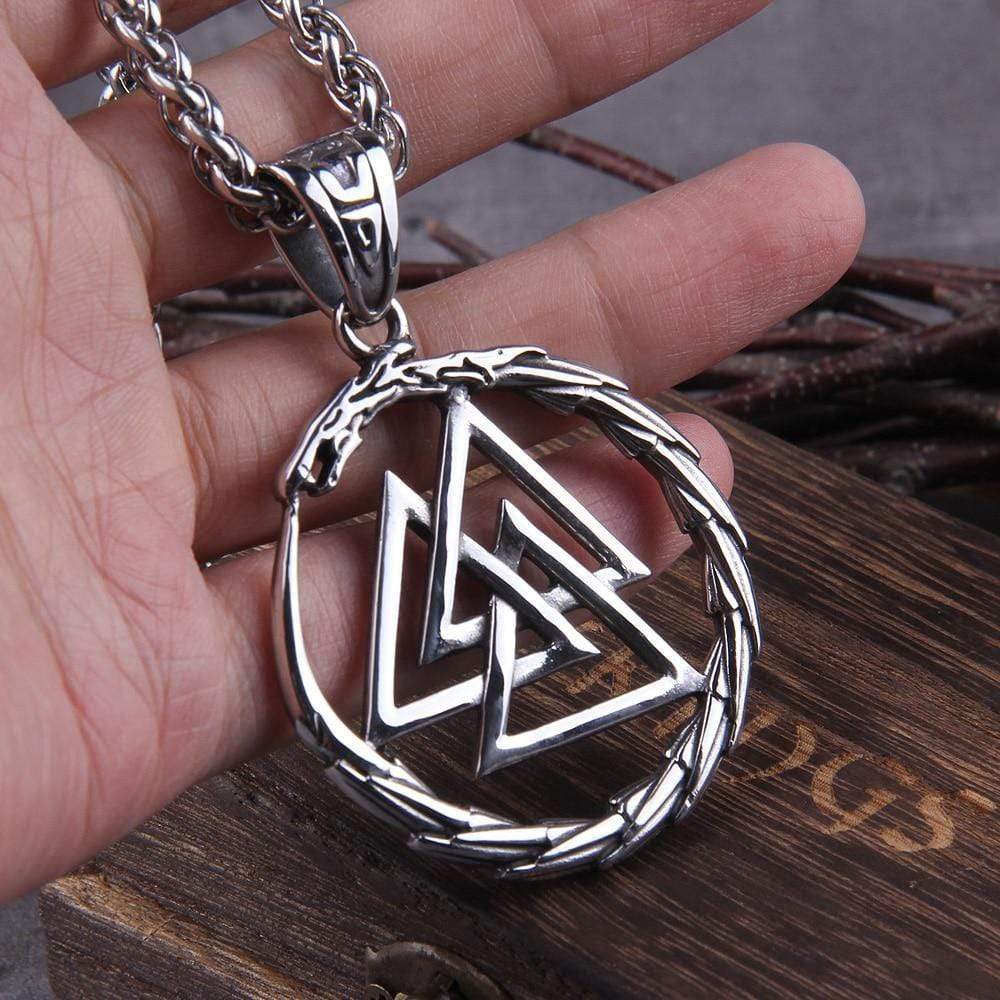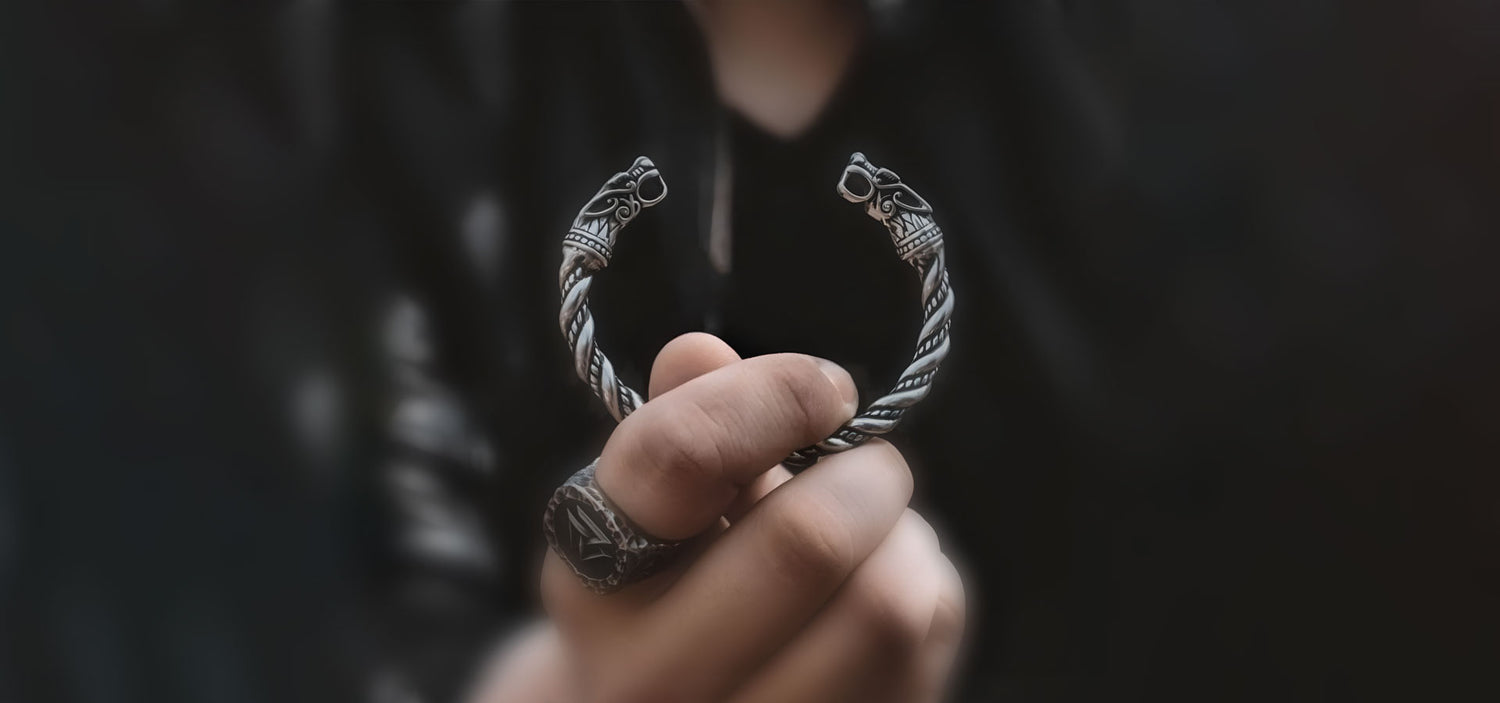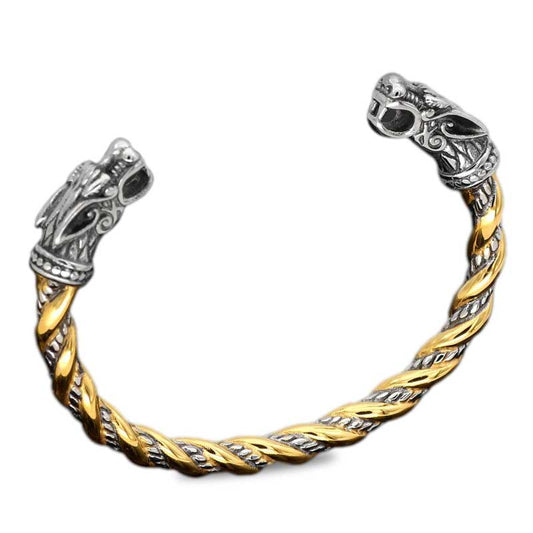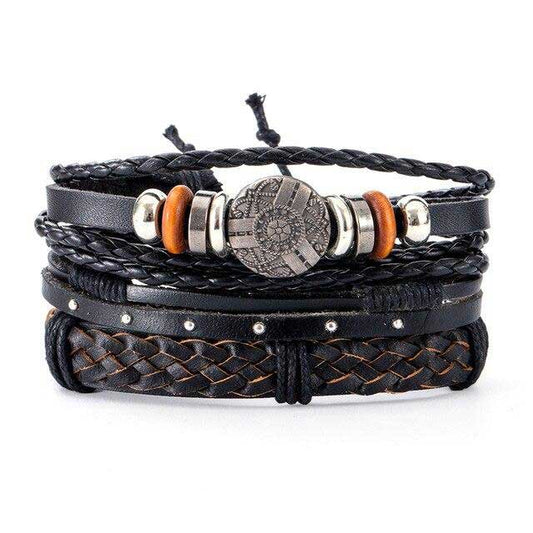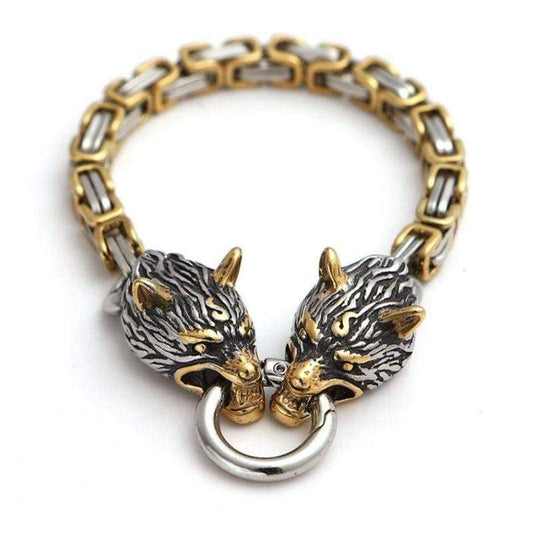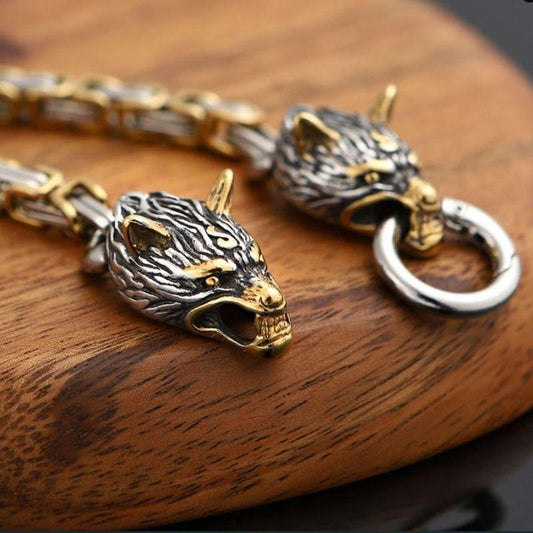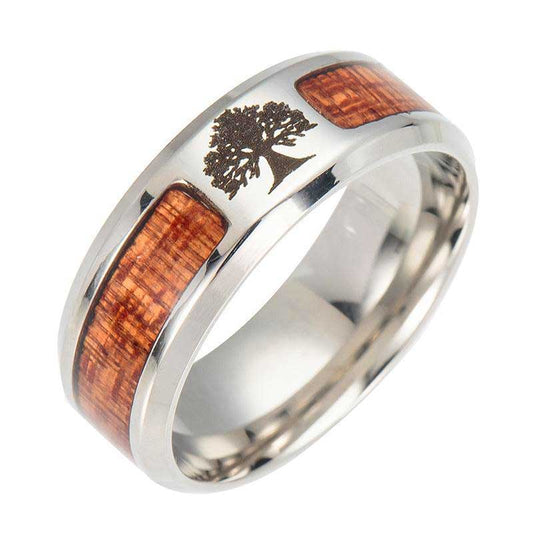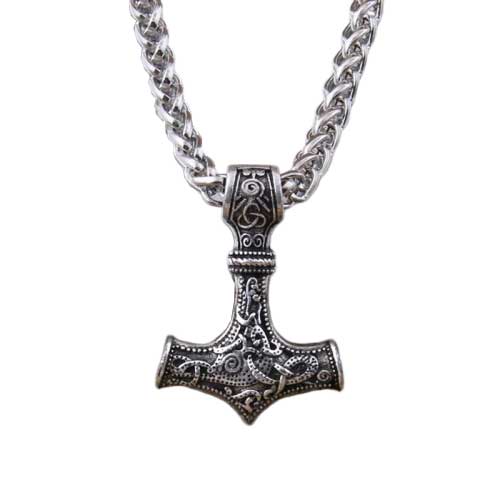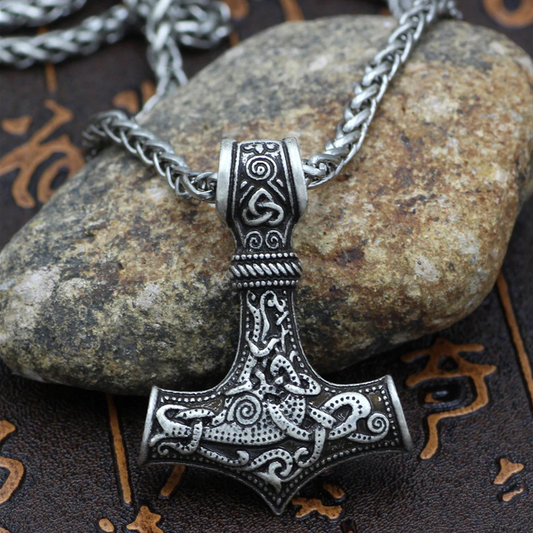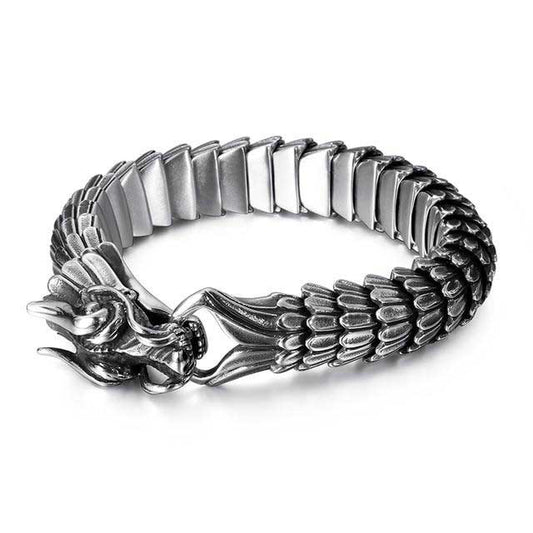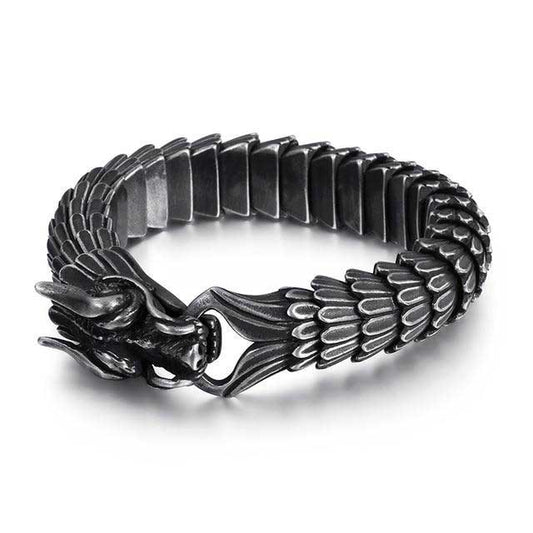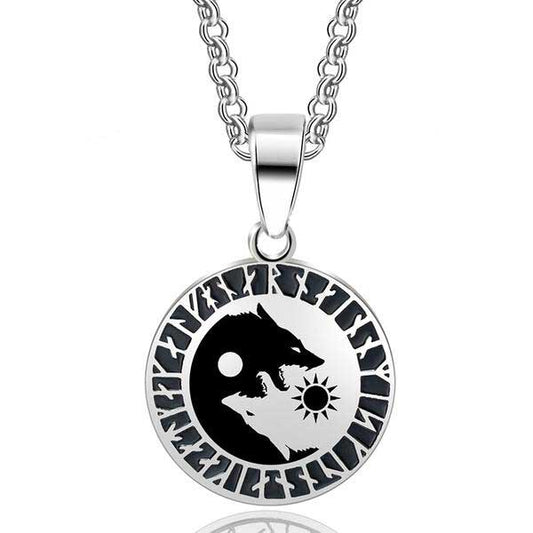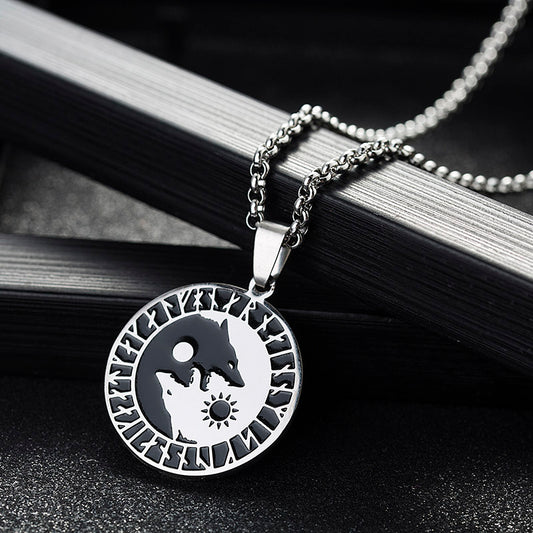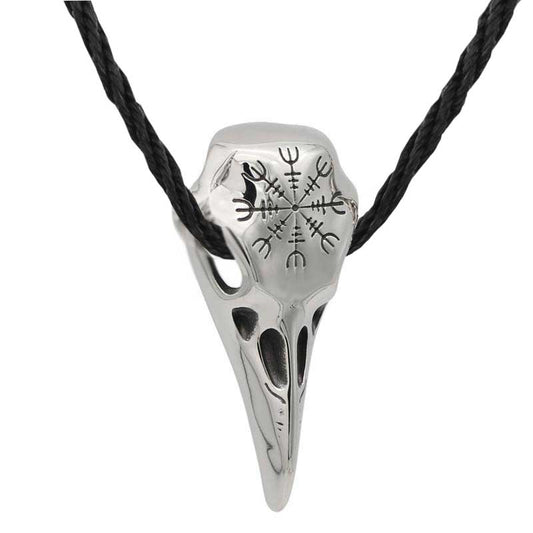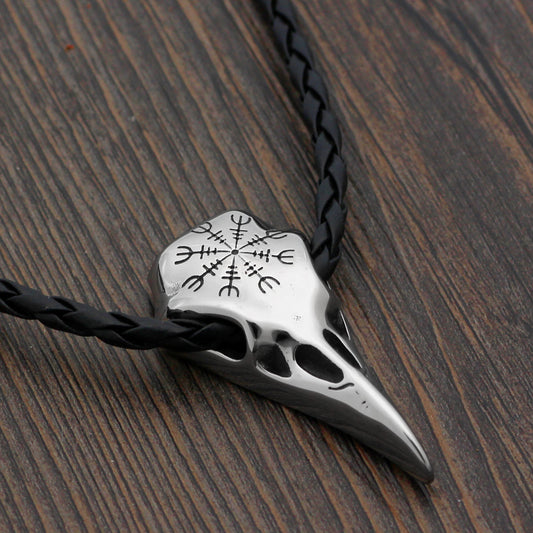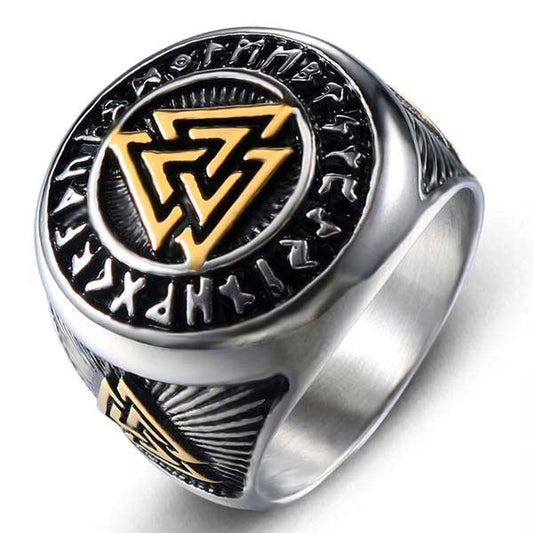They are hundreds, then thousands then to board their drakkars and to launch on the rivers and the seas to invade new lands . From the 8th to the 11th century , the Vikings accumulate raids and invasions throughout the European continent , if not the world. The Viking era is ultimately nearly three centuries of invasions, raids and looting .
Even if it is complicated to have an unfailing knowledge of the Viking invasions in the course of history, many of their incursions are nevertheless recounted in historical writings. It is then easy to guess the chronology of their raids. The causes are all known. Desire for geographic expansion on the one hand, enrichment on the other . And many others.
Timeline of significant Viking invasions
The Viking invasions span from the 8th to the 11th centuries . Suffice to say that they are therefore damn numerous.
Here is a list of those to keep in mind :
- 753 : The very first Viking colony is created in Russia . Swedes settled there.
- 793 : On June 8 of that year, the Vikings attacked the monastery of Lindisfarne , in northern England. They loot and ransack it.
- 799 : First mention of a Viking invasion in France. The barbarians loot a monastery in Noirmoutier.
- 841 : Viking longships go up the Seine for the first time and invade Rouen . The cathedral and the abbeys are destroyed.
- 845 : Paris is taken by the Vikings . The king, Charles the Bald, pays seven thousand pounds of silver to see them off.
- 856 : The Vikings attack Paris again .
- 865 : The Great Army lands in England . She arrived in France in the year 879.
- 982 : The Viking Erik Le Rouge, exiled, lands in Greenland to found a colony there.
- 1017 : Last Viking raid in France .
- 1066 : End of the Viking Age . Harald Hardrada, King of Norway, tries to invade England in vain. He was killed at the Battle of Stamford Bridge.
If you're curious and want to know more, we've broken down the timelines in detail below.
8th century, the very first raids

It was in 753 that the first Swedish Vikings set up a colony in Russia , not far from present-day Saint Petersburg.
In 789 , the first known Viking raid took place on the Isle of Portland . It is the Norwegians, this time, who leave to settle in the archipelagos of the North Sea, in Scotland. A place that the Vikings particularly appreciate as they continue their raids and looting in Great Britain.
In 793 , the barbarians from the north attacked the monastery of Lindisfarne , in the north of England. This is the first great Viking plunder. The churches of Northumbria are destroyed and looted, the population is massacred. The violence of the event is such that it is told throughout England, and even reaches the ears of Charlemagne. Two years later, the barbarians from the north reached Ireland.
At that time, the Vikings are also present in the kingdom of the Franks. In 799 , they plundered a monastery in Noirmoutier . The king at the time, Charlemagne, then alerted the guard boats present on the Vendée coast, in vain.
9th century, the devastation of the Great Army

In the year 802 , the Vikings took Orkney , Shetland and the Hebrides where they remained until the 11th century. Nearly 10 years later , they looted the island of Bouin , in Vendée, and set it on fire.
In 820 , the Norwegian Vikings seized Ireland and settled there. The same year, he attacked the island of Noirmoutier . What they reiterate in 830 . From this time, the time of the invasions begins.
In 835 , the Vikings seized Dorestad , Antwerp and Witla in present-day France. Faced with invasions, Pépin 1 st of Aquitaine ordered the evacuation of the islands of Ré, Oléron and Noirmoutier, in order to flee the barbarians. The Vikings go up the Seine in 841 , and will take Rouen on May 12. They plunder the cathedral and destroy the abbeys. Two years later, it is the city of Nantes that they attack. They loot it and set it on fire. On the spot, they kill and cut off Bishop Gohar's head to frighten their enemy.
In 845 , the Vikings went along the Seine. They are no less than 5,000, in 120 longships, to be supported by the well-known Ragnar Lothbrok . They reach Paris and ravage the city. They kill the soldiers, plunder the abbeys. And Charles the Bald ends up paying them a tribute of 7,000 pounds of silver to see them leave.
In 846 , they again retook the island of Noirmoutier , which then became one of their base of operations. But the northern barbarians do not stop there. In 848 the Vikings plundered Bordeaux , then Périgueux the following year. They established a fortified base near Rouen in the year 850 . The northern barbarians then looted the city of Tour and then that of Blois .
We are in 856 when the Vikings bring down Paris for the second time. In the years that followed, they attacked the Iberian Peninsula , then Constantinople , before retaking Paris a third time in 861 . For the kings of the Franks who succeeded this century, the situation was complicated. The Vikings are constantly attacking the kingdom and enriching themselves with looting and peace treaties that they only respect for a while.
At the end of the century, it was in Great Britain that the Vikings returned to plunder with their Great Army . So much so that the English kings signed a peace treaty with the Danes in 871, granting them certain lands. The Vikings then founded the Kingdom of York in England in 876 . Then return to France to successively attack Boulogne , Ghent , Courtrai , Cambrai , Arras . Not to mention Amiens and Corbie , Liège , Aix-la-Chapelle before taking Saint-Lô in 886. In 892, the Great Viking Army finally withdrew from France.
10th century, the Normans in France

In 911 , Normandy was born with its new inhabitants, the Normans. Rollo, leader of a Danish Viking troop, becomes Duke of Normandy by the treaty of Saint-Clair-sur-Epte. The Danish Vikings go on a raid in Brittany, in the year 913 , with the capture of Landévennec . Nantes was then taken over by the Scandinavians in 919 , where they settled there permanently. They were expelled from Brittany in 939, following the Battle of Trans. And its vanquished in Gascony, in the year 982.
In Great Britain, the Vikings did not respect the peace treaty and continued to make war during all these years. King Alfred the Great of Wessex had then succeeded in defeating them and retaking the city of London in 886. And his successors continued to repel the Vikings until 937. But the barbarians from the north went up the Thames, to London , in 990 . Then besiege the capital in 994 .
11th century, end of the Viking Age

Legend has it that in the year 1000, Erik the Red, banished from Scandinavia for murder, sailed to Greenland . In 1002, the Vikings returned to England and completed their conquest 11 years later. The year 1014 marks the end of the Viking invasions in Ireland. And 1017 that of the invasions in the kingdom of the Franks. In 1066, the king of Norway, Harald III , tried to invade England in vain, and was killed in the middle of the battle of Stamford Bridge. An event that marks the end of the Viking Age .
Viking invasions map

